


2024/2025 SEASON STUDY GUIDE




2024/2025 SEASON STUDY GUIDE
Attending live theater is a unique experience with many valuable educational and social benefits. To ensure that all audience members are able to enjoy the performance, please take a few minutes to discuss the following audience etiquette topics with your students before you come to Hartford Stage.
• How is attending the theater similar to and different from going to the movies? What behaviors are and are not appropriate when seeing a play? Why?
• Remind students that because the performance is live, the audience affects the performance. No two audiences are exactly the same and no two performances are exactly the same—this is part of what makes theater so special!


• Theater should be an enjoyable experience for the audience. Audience members are welcome to applaud when appropriate and laugh at the funny moments. Talking is distracting to other audience members and the actors on stage. Theaters are constructed to carry sound efficiently!
• Any noise or light can be a distraction, so please remind students to make sure their cell phones are turned off. Students should not text, or take photos or video during the performance.
• Students should sit with their group as seated by the Front of House staff and should not leave their seats once the performance has begun. Students will have the chance to get a drink or snack, eat lunch, or use the restroom at intermission.
Shakespeare’s language can seem very difficult to understand at first glance. Many of the words and phrases that were popular in usage in Shakespeare’s day have disappeared from our dictionaries and slang vocabularies. On top of that, Shakespeare’s writing is full of imagery—metaphors and similes that are not meant to be taken literally. Add to that the intricacies of verse and rhythm; consider, for instance, that Shakespeare often used unconventional sentence structures and contractions in order to fit the meter of a line. It’s no wonder that understanding Shakespeare can be challenging.
The good news is that you don’t have to know what every word means in order to watch, understand, and enjoy a Shakespearean play. In production, it is the actor’s job to know what every single word means—so that they can then translate it for you, the audience member, using their voice, actions, body language, and facial expressions.
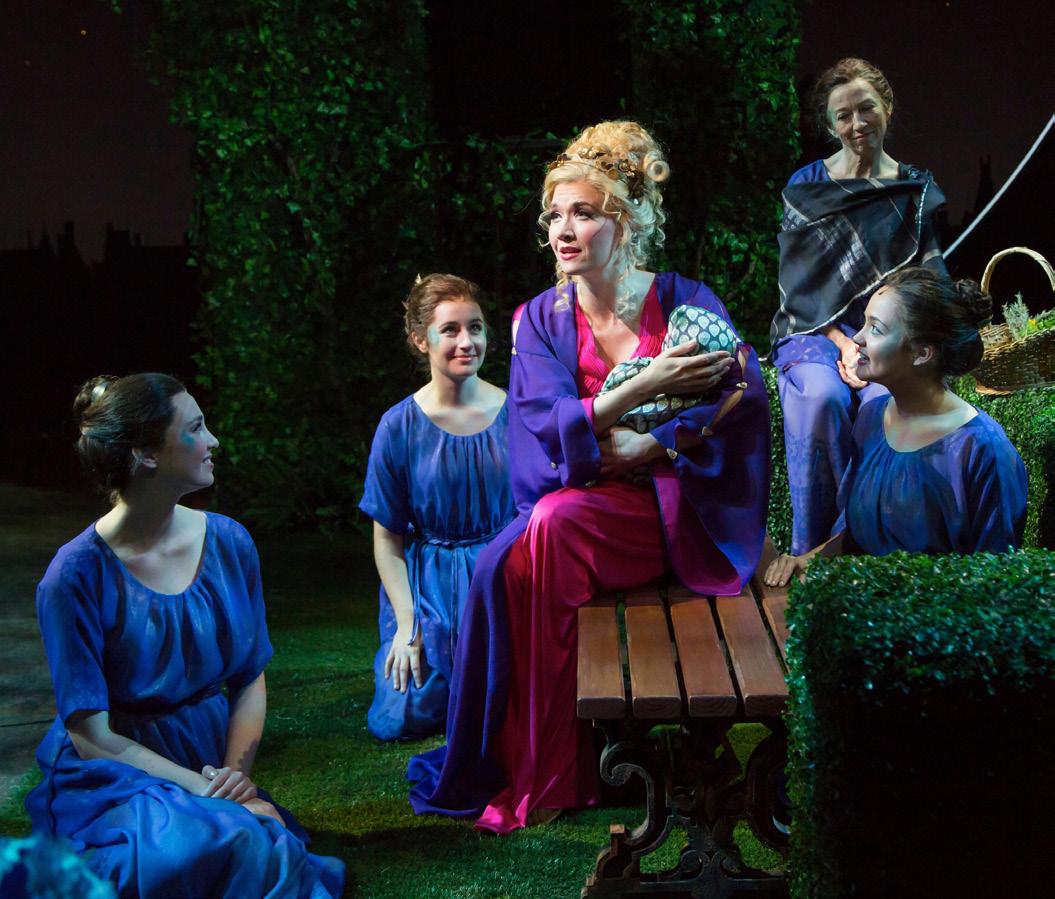
If you are reading Shakespeare and you encounter unfamiliar language, it can be helpful to ask yourself the following questions: Does this word sound like another word I know? Can I look this word up in a dictionary? Is this sentence turned around? Can I rearrange it so that it sounds more familiar? Is this meant to be literal, or is Shakespeare using imagery? Is it a metaphor or simile? Personification? What literal thing or phenomenon does this image describe?
Here are some common literary devices found in Shakespeare’s language:
IAMBIC PENTAMETER a poetic structure for writing in which each line of text contains alternately stressed and unstressed syllables. There are five iambs in each line.
PROSE text written in common language that resembles everyday speech; has irregular rhythm and lacks metrical structure.
VERSE text (song, poetry, or dramatic text) written in metrical lines; it may rhyme.
BLANK VERSE text (song, poetry, or dramatic text) written in iambic pentameter that does not rhyme.
ALLUSION an expression that calls something to mind without mentioning it explicitly; an indirect or passing reference, often to the Bible, mythology, or historical literature.
SIMILE a comparison between two objects or ideas using “like” or “as,” usually to show that they share similar characteristics.
ALLITERATION the repetition of consonant sounds (as in “bouncing baby boy”).
Biography by Aurelia Clunie
William Shakespeare was baptized on April 26, 1564, about three days after his birth. Born to John Shakespeare, a glovemaker, and Mary Arden Shakespeare, the daughter of a wealthy farmer, Shakespeare was the third of eight children. He was born and raised in Stratfordupon-Avon, a small town 100 miles northwest of London. Shakespeare’s family was neither noble nor wealthy, so Shakespeare did not go to university, but many believe he received a foundation of Latin, some Greek, Greek mythology, history, and rhetoric at King’s New School, the local grammar school. In 1582, at 18 years old, he married 26-year-old Anne Hathaway, who was pregnant with his child. They had their first child, Susanna, in 1583. In 1585, the couple had twins, Hamnet and Judith. In 1596, Hamnet, Shakespeare’s only son, died at age 11.


Much of Shakespeare’s life following his marriage and the birth of his children is unknown. Some call the next seven years the “lost years” (Shakespeare in American Communities). It was not until seven years later that evidence appears of Shakespeare’s life in London. In a pamphlet entitled the “Groatsworth of Wit,” university-educated poet Robert Greene attacked Shakespeare, calling him an “upstart crow” for his audacious writing style.
By 1592, Shakespeare was acting on and writing for London stages. His earliest plays, including The Comedy of Errors and Henry VI, had been produced. In 1593, he wrote two narrative poems: Venus and Adonis and The Rape of Lucrece. It was likely during this period that he also began writing his 154 sonnets that survive to this day.
In 1594, Shakespeare joined and became a part owner of the acting company The Lord Chamberlain’s Men, with whom he would act throughout his career. The Lord Chamberlain’s Men was a popular company in London and would often play privately for Queen Elizabeth I’s court, as well as for the masses in the public theatres. The Lord Chamberlain’s Men performed at The Theatre, originally built in 1576 by James Burbage. When the lease was lost on the site, Shakespeare became part owner in the Globe, which was completed in 1599.
Between 1594 and 1595, Shakespeare wrote some of his most famous plays, including Romeo and Juliet and A Midsummer Night’s Dream. By 1599, he had written Julius Caesar, Henry V, and As You Like It. In 1603, when King James succeeded Queen Elizabeth I, he gave the Lord Chamberlain’s Men a “royal license” and they became the King’s Men. Following this appointment, Shakespeare wrote Timon of Athens, King Lear, Macbeth, Pericles, Antony and Cleopatra, Coriolanus, Cymbeline, The Winter’s Tale and The Tempest. He also wrote The Two Noble Kinsmen and King Henry VIII with John Fletcher, who would later become


resident playwright for The King’s Men after Shakespeare’s death.
By 1616, Shakespeare’s health was failing and he had revised his will. He left most of his estate to his daughters, Susanna and Judith. Some money and items were also left for his sister, friends, theatre partners, and “the poor of Stratford” (Shakespeare in American Communities). However, his will states that he only left his “second best bed” to Anne, his wife. Shakespeare died on his birthday, April 23, in 1616. Although many of his plays had been published in small books called quartos during his lifetime, it was not until 1623 that two of Shakespeare’s friends from the theatre, John Heminges and Henry Condell, gathered what remained of his plays and published the first book of his complete works, now called the First Folio. Shakespeare’s contemporary, Ben Johnson, said of him in a poem of homage, “He was not of an age, but for all time!”
Shakespeare in American Communities. “The Life of William Shakespeare (1564-1616).” Teacher’s Guide. August 2009: 9-10. Document.

HOUSE OF MONTAGUE


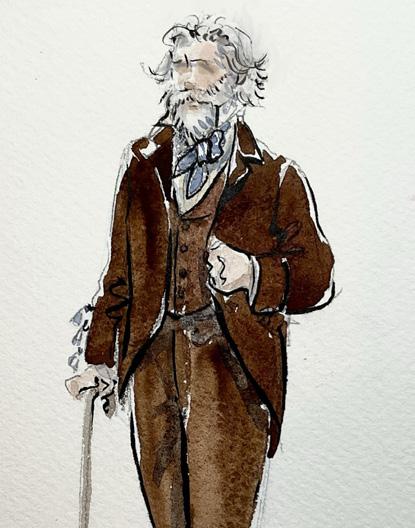

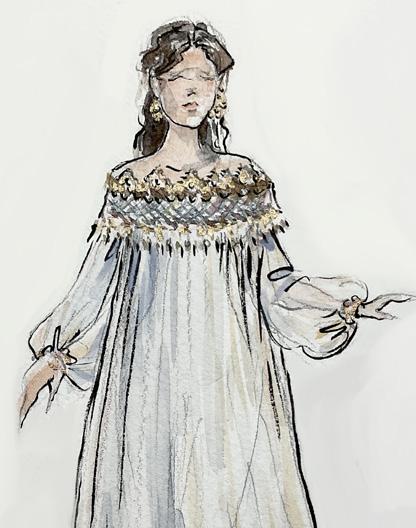


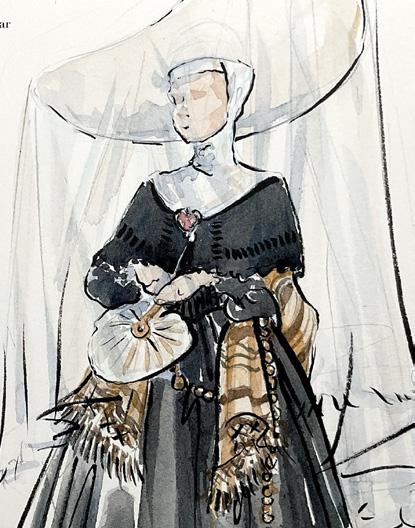
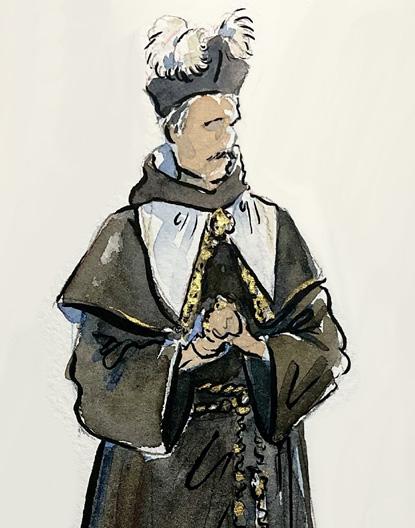
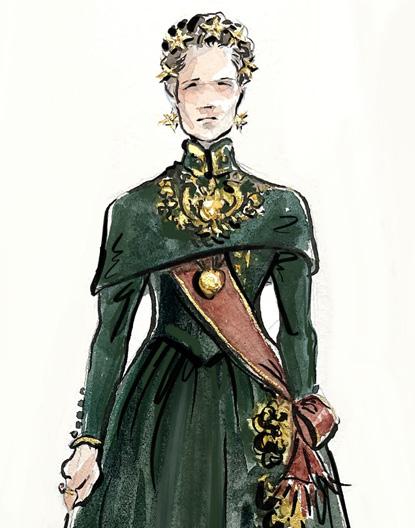
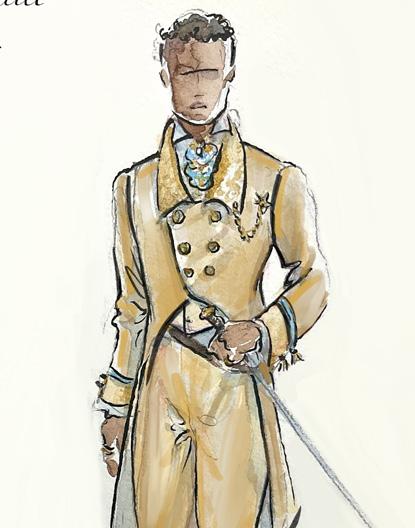




What excites you about Romeo and Juliet?
It’s a joy to get to work on a play so full of life and love! When thinking about Romeo and Juliet we dwell on their end, we know they both die — but we forget how much joy and life there is in the play before that. I’m excited to focus on life lived large, on great passions, and how their youth and optimism and can inspire us.
Why return to this play now?
We need a reminder of our great passions — if we are older, we can remember our past, for our young audiences, they can feel more seen and understood. And at this time of great societal division and rupture, it’s a gift to be able to see a story of how — despite the costs — communities can come together.
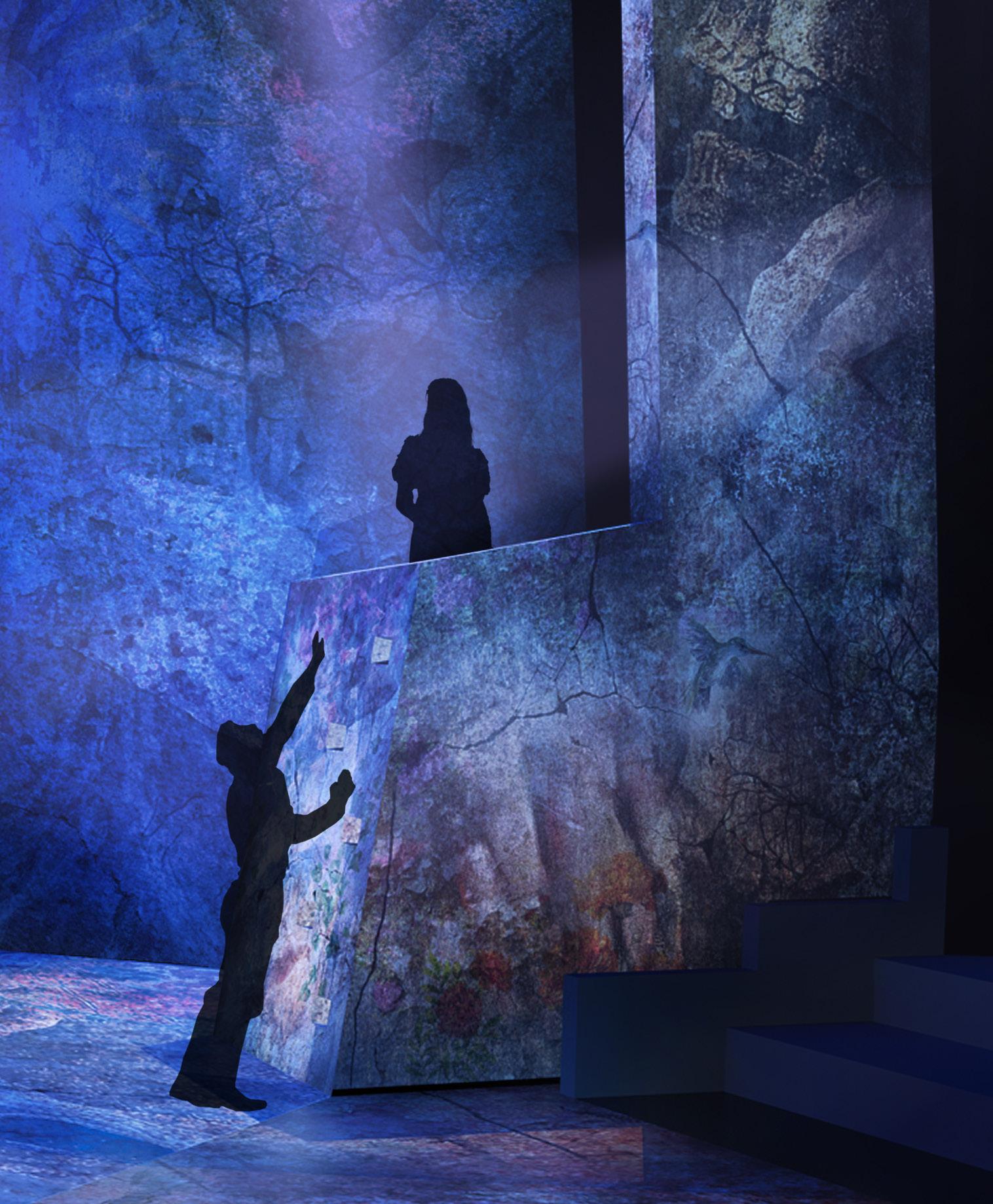
What will be different about this production of this well-known play?
Heavily influenced by Latin American aesthetics, this slightly pared down production will be rich in images and movement. And the sense of the ever-lasting passion between the two lovers will take center stage, as will the sense of redemption that can occur after a tragedy.
Can you talk about the design for Romeo and Juliet? Where have you taken inspiration and what should audience members expect to see?
Using Mexico’s Day of the Dead celebration as a focal point, the production will work on showing the porousness between life and death, the importance of ritual and the vibrancy and color of Latino culture. Audiences can expect more traditional Mexican clothes and sounds, as well as a more visual and physical storytelling. With an amazing fight choreographer, the production will also abound with sword fighting, movement and dance.

HARTFORD STAGE EDUCATION PROGRAMS ARE SUPPORTED BY
The BFA Endowed Fund at the Hartford Foundation for Public Giving
Connecticut State Department of Education
Connecticut State Judicial Branch
Enterprise Foundation
Ensworth Charitable Foundation
Mr. & Mrs. William Foulds Family Foundation
Greater Hartford Arts Council
Hartford Foundation for Public Giving
The George A. & Grace L. Long Foundation
The MorningStar Fund at the Hartford Foundation for Public Giving
SBM Foundation
Scripps Family Fund for Education and the Arts
The Michael E. Simmons Foundation
Talcott Resolution
Travelers Foundation
The University of Saint Joseph
SEASON SPONSORS




For more information about education programs at Hartford Stage, please call 860-520-7244 or email education@hartfordstage.org.